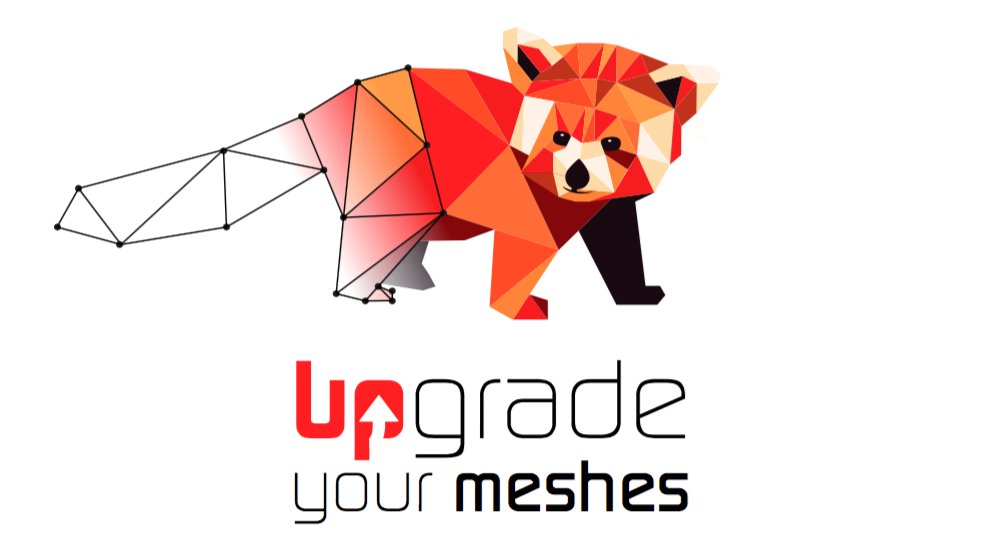Dear developers,
When meshing an implicit domain MMG will give the isosurface the reference value 10 and the surfaces not belonging to the isosurface the reference value 1. Is there some way to split the surface not belonging to the isosurface based on the sharp edges and assign each resulting region a different reference value when using MMG as a library? For example, if we would have a cube with some isosurface inside it, the isosurface would have the reference value 10 and each of the sides of the cube would have their own different reference instead of the collective value of 1 it has by default.
Kind regards,
K

 !
! .
.